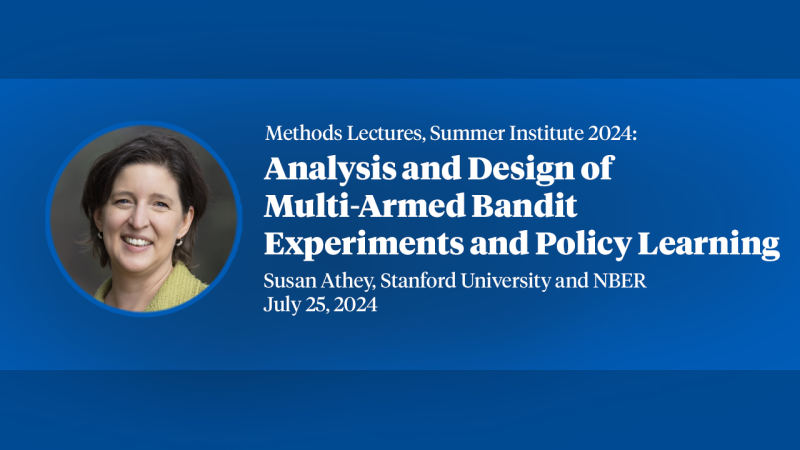Understanding De Minimis Imports
This award funds a research project to study the aggregate and distributional implications of de minimis trade policies and of direct international shipments to consumers. De minimis imports refer to the import of goods with a value below a certain limit, considered too small to be subject to taxes or customs duties. In the U.S., the 1930 Tariff Act arranges de minimis trade limits and allows people to import up to $800 worth of goods per day without duties or customs burden. De minimis imports in the U.S. form an increasingly important channel through which consumers and small businesses source their spending. The share of de minimis imports in total consumer imports and total e-commerce sales has grown continuously. This research builds and extends an economic framework that uses new data sources, including international shipments into the U.S. handled by three shipping carriers, to answer various research questions, such as How does the existence of de minimis policies affect firms and consumers? Which consumers are the largest beneficiaries of direct imports, and of de minimis imports? What are the implications of changing the de minimis rule and how would these effects vary across consumer types, and what is an optimal de minimis threshold? The research findings have the potential to inspire new trade policy designs, enhance the welfare of U.S. consumers and businesses, and help maintain the U.S.'s position as a global leader in international trade.
This award funds a research project to develop a quantitative trade framework where consumers have heterogeneous preferences across commodities of different value, and where firms are heterogeneous with respect to productivity and quality. Firms optimize over prices while considering incentives to avoid paying taxes. A range of firms who would have otherwise priced above the tax notch lower prices, implying a source of terms of trade gains for the country imposing de minimis. The empirical analysis identifies the relevant elasticity parameters of the model by leveraging the observed bunching in the distribution of shipment values at the tax notch created by de minimis policies, drawing parallels to methods used in public economics to analyze labor supply elasticities. The combination of the model and estimated parameters is used to determine the aggregate, distributional consequences, and efficiency of de minimis policies, and to gauge the welfare effects of direct low-value shipments more broadly. Additionally, by extending their framework, the researchers answer important research questions concerning the global impacts of de minimis rules and their impacts on firms. This research could enable researchers and decisionmakers to better evaluate the value of de minimis trade, the impact of trade policies on these imports, and their effects on participant welfare.
Investigators
Supported by the National Science Foundation grant #2446982
Related
Programs
More from NBER
In addition to working papers, the NBER disseminates affiliates’ latest findings through a range of free periodicals — the NBER Reporter, the NBER Digest, the Bulletin on Retirement and Disability, the Bulletin on Health, and the Bulletin on Entrepreneurship — as well as online conference reports, video lectures, and interviews.

- Feldstein Lecture
- Presenter: Cecilia E. Rouse

- Methods Lectures
- Presenter: Susan Athey
